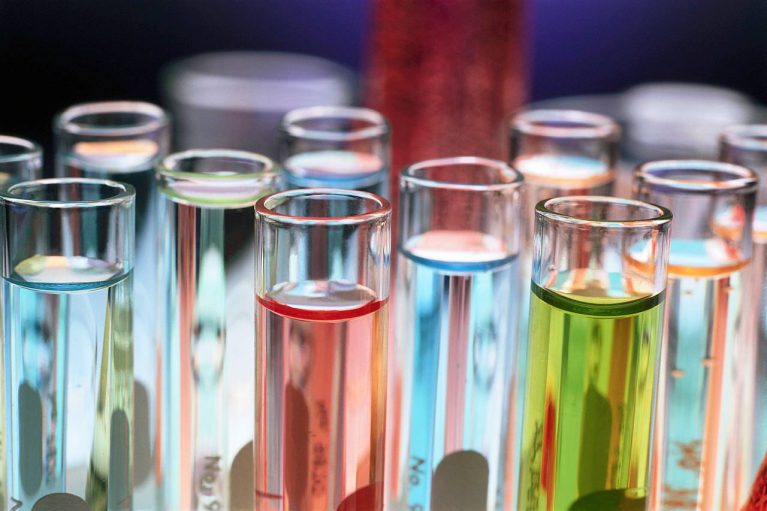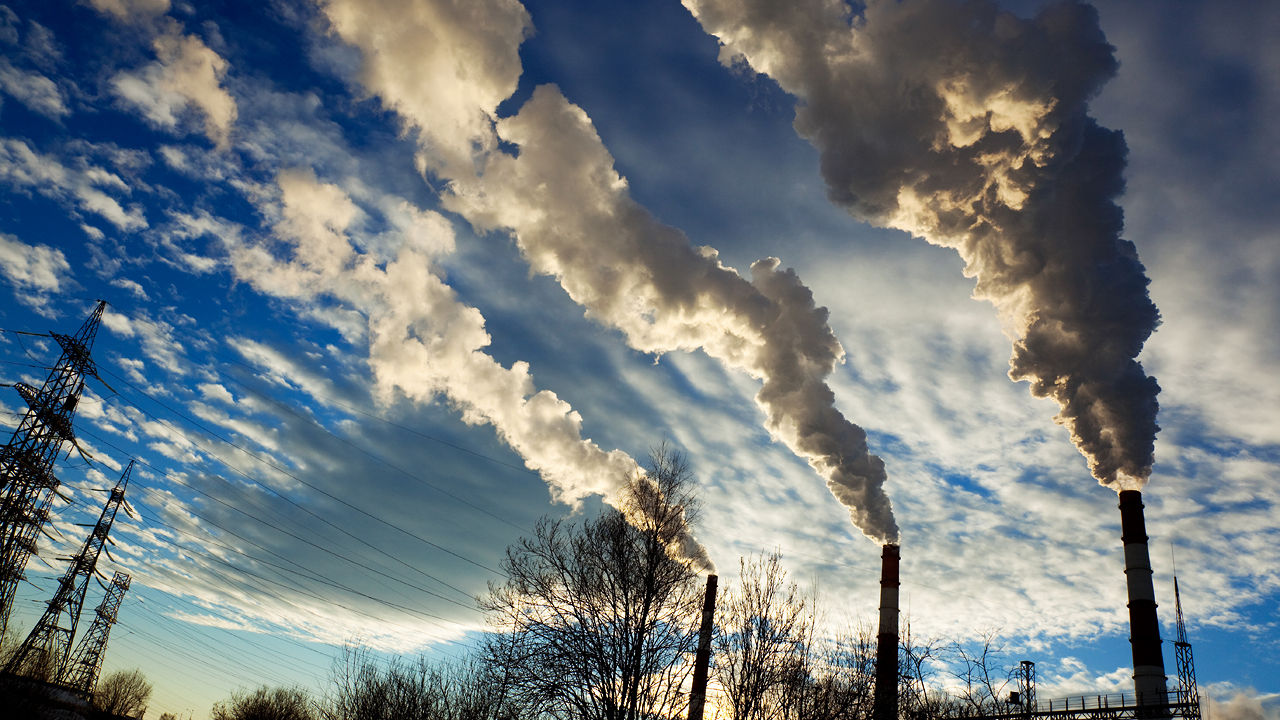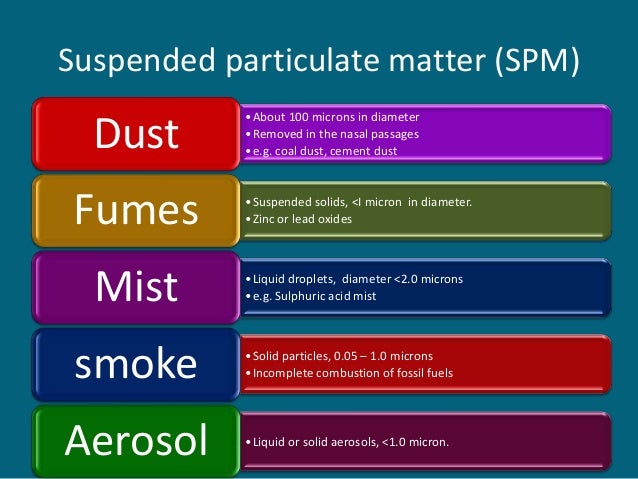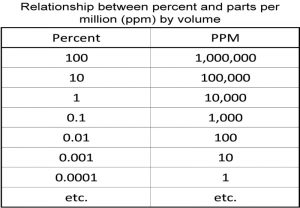Q1) Mammoth Cave National Park in Kentucky is in close proximity to the coal-fired electric utility in the Ohio Valley. Noting this, the National Parks Conservation Association (NPCA) reported that this national park had the poorest visibility of any in the country.
a) What is the connection between coal-fired plants and poor visibility?
b) The NCPA reported “the average rainfall in Mammoth Cave National Park is 10 times more acidic than natural.” From this information and that in your text, estimate the pH of rainfall in the park.
1a) Coal-fired plants release sulphur dioxide which creates sulphate particles theatre responsible for 60 – 85% of poor visibility in eastern parks.
1b) Normal rain has a pH range of 5 – 6. If the rainfall in the park is 10 times more acidic, the pH range must be in the range of 4 – 5.
Q2) Here are some examples of what an individual might do to reduce acid rain. For each, explain the connection to producing acid rain.
a) Hang your laundry to dry it.
b) Walk, bike, or take public transport to work.
c) Avoid running dishwashers and washing machines with small loads.
d) Add additional insulation on hot water heaters and pipes.
e) Buy locally grown produce and locally produced food.
2a) Laundry can be dried using a electricity dryer. Electricity is generated at power stations by electro-mechanical generator. It is driven by heat engines which is produced by fossil fuel. Fossil fuel burning will results in SOX being released into the atmosphere. Therefore, hanging your laundry to dry phase out the need of electricity usage.
2b) The amount of NOx generated will be reduced if everyone takes public transport instead of driving their own vehicles. As NOx is one of the components of acid rain, reducing the NOx emissions would help in controlling the pH level of the rain.
2c) These appliances use electricity which are generated by power-supply plants which burn coal. It will leads to the emission of sulfur dioxide which contributes to acid rain.
2d) With the additional insulation on hot water heater and pipes, it helps to reduce heat loss to the surrounding. Therefore, less energy is needed to heat up the system. With a lower energy consumption, lesser coal will be burnt and hence a lesser amount of SOx gas will be formed.
2e) Through buying local products, it means a lower demand for goods that are overseas. This means that there is a lower need for transport vehicles such as airplanes and ships to be used to transport products from other parts of the world. It helps to reduce the amount of NOx gas produced by the engines of these vehicles during transportation which will add to the formation of acid rain.
Q3a) Give names and chemical formulas for five acids and five bases.
Q3b) Name three observable properties generally associated with acids and bases.
3a) Acids:
Hydrochloric Acid (HCl)
Nitric Acid (HNO3)
Phosphoric Acid (H3PO4)
Hydroiodic Aacid (HI)
Hydrobromic Acid (HBr)
Bases:
Ammonia (NH3)
Sodium Hydroxide (NaOH)
Calcium Hydroxide (Ca(OH)2)
Lithium Hydroxide (LiOH)
Potassium Hydroxide (KOH)
3b) Acid tastes sour, turns blue litmus paper red, and releases carbon dioxide from carbonates. Bases taste bitter, turns red litmus paper blue, and have a slippery feel in water.
Q4) The concerns of acid rain vary across the globe. Many countries in North America and Europe have websites dealing with acid rain. Either search to locate one (“Canada, acid rain”) or use these links to websites in Canada, the UK, or Europe. What are the issues in Singapore? Does the acid deposition originate outside or inside the Singapore’s borders?
4) I believe the acid deposition originated from both outside and inside of Singapore border.
The lower in the pH level in various location in Singapore is mainly due to the industrial activities. The burning of fossil fuels by the industrial and power plants releases sulfur into the atmosphere which combines with oxygen to form sulfur dioxide. This contributes to the increased in the acid level in various locations in Singapore.
The haze issue caused by our neighboring countries also contributed to the acid deposition of Singapore. Haze contains aerosols which allows the formation of acid rain. It leads to the increased in the acidity in the water bodies of Singapore.










